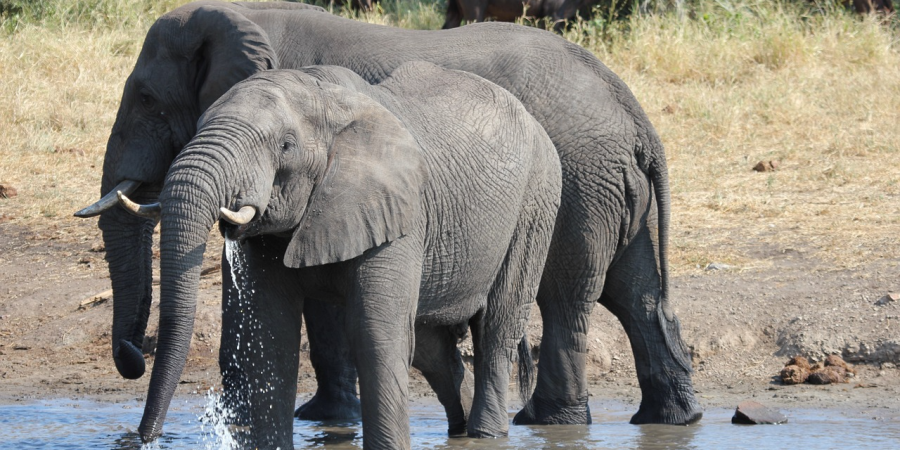

Elephants, the largest land mammals, evoke fascination and admiration across the globe, embodying a unique combination of intelligence, social complexity, and ecological significance. Their sheer size is awe-inspiring, with adult African elephants weighing between 5,000 to 14,000 pounds and reaching heights of up to 13 feet. The Asian elephant, though smaller, is equally remarkable, showcasing features such as smaller ears and a more rounded body. One of the most distinctive characteristics of elephants is their trunk, a highly versatile organ that serves numerous functions. The trunk is an extension of the upper lip and nose, consisting of around 40,000 muscles that allow for a remarkable range of movement and dexterity. Elephants use their trunks for various tasks, including foraging for food, drinking and even expressing affection towards one another. Communication is another fascinating aspect of elephant behavior. They utilize a range of vocalizations, body language, and infrasound—low-frequency sounds that can travel long distances—to convey messages. These sounds allow them to communicate over several miles, coordinating movements and alerting others to potential dangers. Body language is equally important, with actions like flapping ears, raising trunks, and specific movements conveying different messages. This rich communication system underscores their intelligence and social awareness, highlighting their ability to connect with one another on multiple levels. Ecologically, elephants play a critical role as “ecosystem engineers.” Their feeding habits significantly impact the environment. By uprooting trees and stripping bark, they create open spaces that promote grassland growth, which benefits numerous other species. Education plays a vital role in elephant conservation. Raising awareness about the ecological significance of elephants and the threats they face can inspire action at local, national, and global levels. Campaigns that highlight the plight of elephants, such as those focused on the illegal ivory trade, can mobilize public support for conservation efforts. Additionally, fostering a sense of pride and stewardship towards elephants within communities can empower individuals to become advocates for wildlife protection.In conclusion, elephants are extraordinary creatures that play an integral role in maintaining the health of ecosystems and fostering biodiversity. Their intelligence, social structures, and ecological significance make them vital components of our natural world. However, the threats they face, including habitat loss and poaching, pose serious challenges to their survival. Effective conservation efforts, rooted in community engagement, education, and scientific research, are essential to safeguarding elephants for future generations. By recognizing the value of elephants not only for their ecological contributions but also for their cultural significance, we can work towards a future where these majestic animals thrive in harmony with human communities.


